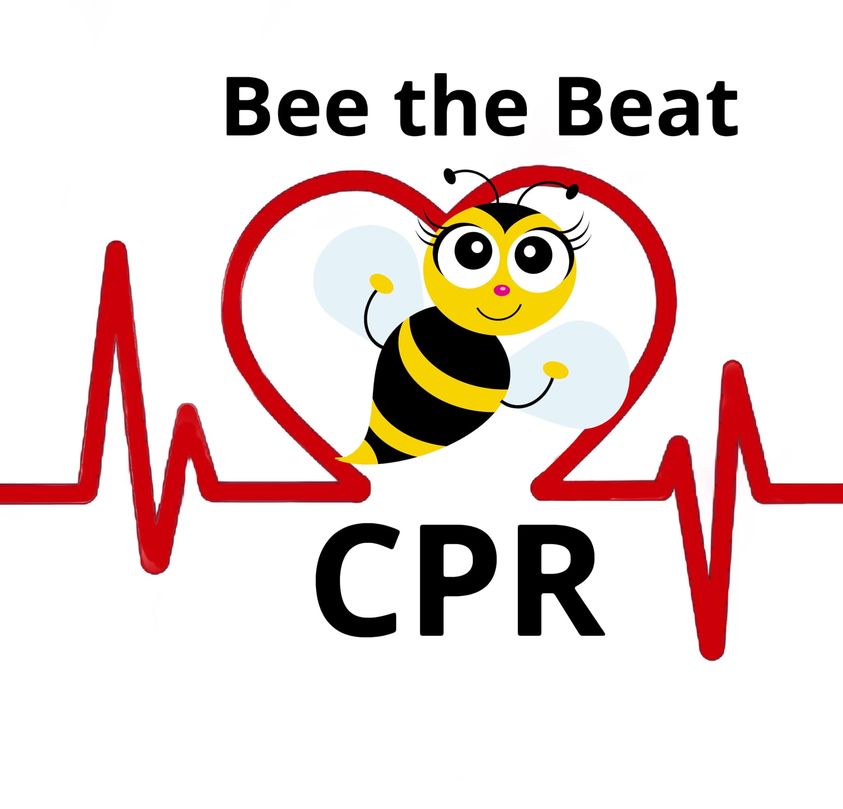
Bystander CPR, Hands-Only CPR, also called Compressions-Only CPR
Recent studies have shown that for witnessed collapse of a teen or adult, from apparent cardiac arrest, clinical outcomes (victim survival with no neurological damage) are better with Hands-Only CPR. That is – solely compressing the chest hard and fast, and not doing breaths. How can that be, don’t humans require oxygen? Yes, but there is oxygen in the lungs, and oxygen in the blood of the cardiac arrest victim when they collapse, that’s why Bystander CPR works.
What’s missing when the heart stops is the circulation of that oxygen to the brain and vital organs. So, the latest recommendation from ALL national emergency training organizations is Hands-Only for the witnessed collapse of teens or adults from what appears to be cardiac arrest. FYI, a victim that appears to have drowned, been strangulated, choked, or had other asphyxiation, or drug overdose – needs compressions and breaths, but start with compressions. (children & infants need breaths, also).
High-quality compressions – you gotta push hard and fast. For adults, we’re talking at least 2″ deep, and at a rate of at least 100 per minute. Allow the chest to fully recoil between compressions. Part of the science of why Hands-Only CPR even works is that the compression of the chest (and sternum) causes a partial exhalation from the victim’s lungs, and the “bellows effect” of allowing the victim’s chest to recoil draws in some fresh ambient air. One small plus is that fresh ambient air is 21% oxygen, while the expiratory breath from the trained responder is only 16% oxygen.
Benefits of Hands-Only or Bystander CPR
First of all, more people are willing to do CPR on strangers, since it doesn’t involve mouth-mouth. It also helps with the other 2 objections people had/reasons not to do full CPR. Those being it’s easier to learn, easier to remember, and harder to mess up. A third reason is it becomes easier for emergency dispatchers to instruct people or family members over the phone on how to perform chest compressions.
Most of all, the main benefit is improved outcomes, it saves lives. Since 2008, the American Heart Association has shown Hands-Only CPR as the preferred treatment for adults or teens who suffer a witnessed collapse from apparent cardiac arrest. Not to sound like a lawyer, but apparent drowning, strangulation, other asphyxiation, or drug overdose victims need chest compressions and breaths, not just hands-only CPR. Children and infants are more likely to have respiratory issues or choking than cardiac issues – so they need breaths also.

